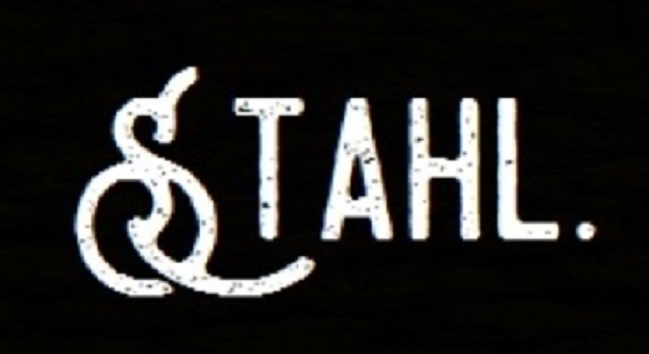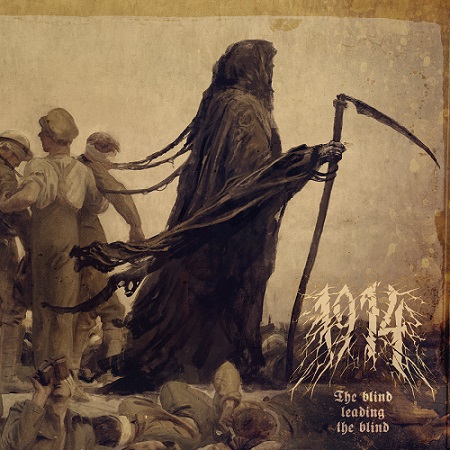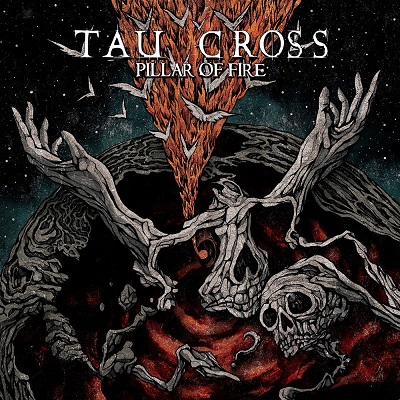Recently, the Ukranian black and doom metal group 1914 issued their new long-player The Blind Leading the Blind. According to Encyclopaedia Metallum, the band was formed in 2014.1 Including the mentioned recent one, the band has released two albums. What makes the group distinct and interesting for a historian, is their concept. Already shown in their band name, the whole of their creative output is only devoted to themes of warfare in the Great War between 1914 and 1918.
This concept, for a historian working in metal studies, throws up interesting theoretical and methodological questions. First, on the narratological and discursive level, their conceptual scope is immensely focused, even narrow. Only and strictly re-working narratives of the years between 1914 and 1918 forces them to develop a narrative in metal music, in all of its dimensions (visuals, sound, live performances, medial self-representation), which comprehensibly represents WW I trench warfare. Their answer seems to be to attempt creating an ‘authentic’ atmosphere of a trench in their music and concerts:
The live video seems to underpin my impression. Yet, as always in art, that remains a construction. However, empirically and methodologically, for the case of 1914, it implies that history is represented in a mode of constructed authenticity, with all paradoxes such a concept brings with it.2
Second, on a more global level, a historian has to ask how ‘accurate’ and ‘reliable’, in a scientific sense,3 the representation of history can be or become in metal music. As examined in my upcoming book,4 even extreme metal, in an age where we do have the scientific discourse of metal studies and closer links between metal culture and the mainstream, is forced to modify its modes of the representation of history. They have changed towards more rational and ‘scientifically’ operating modes of telling history.
Also in the case of 1914, this seems to be true. Their approach requires a methodology of representing history that is very clear, focused, delineated from other narratives, and thus rational. The only and strictly work on four years of twentieth century history. They ask how it was to live everyday life in trench warfare in those years, attempt to exploit all resources of extreme metal’s discourse in telling that history. In a nutshell, their approach works like the one of historical anthropologists in scientific history whose gaze at history is as clear, focused and microscopical.5
On balance, we can conclude that things keep beeing exciting in metal studies, in terms of asking for history in metal. The culture of metal moves towards more ‘scientified’ histories of history. As a history of metal by trained historians still remains a desideratum, I want to work on such topics.
https://www.metal-archives.com/bands/1914/3540396156, accessed 7 December 2018. ↩
H. White, Metahistory: The Historical Imagination in Nineteenth-century Europe, Baltimore and London: Johns Hopkins University Press, 1973. ↩
M.C. Howell, M. C. and W. Prevenier, From Reliable Sources: An Introduction to Historical Methods, Ithaca, NY: Cornell University Press, 2001. ↩
P. Pichler, Metal Music and Sonic Knowledge in Europe: A Cultural History, Bingley: Emerald, 2019, forthcoming. ↩
G. Dressel, Historische Anthropologie: eine Einführung, Frankfurt am Main e.a: De Gruyter, 1996. ↩



